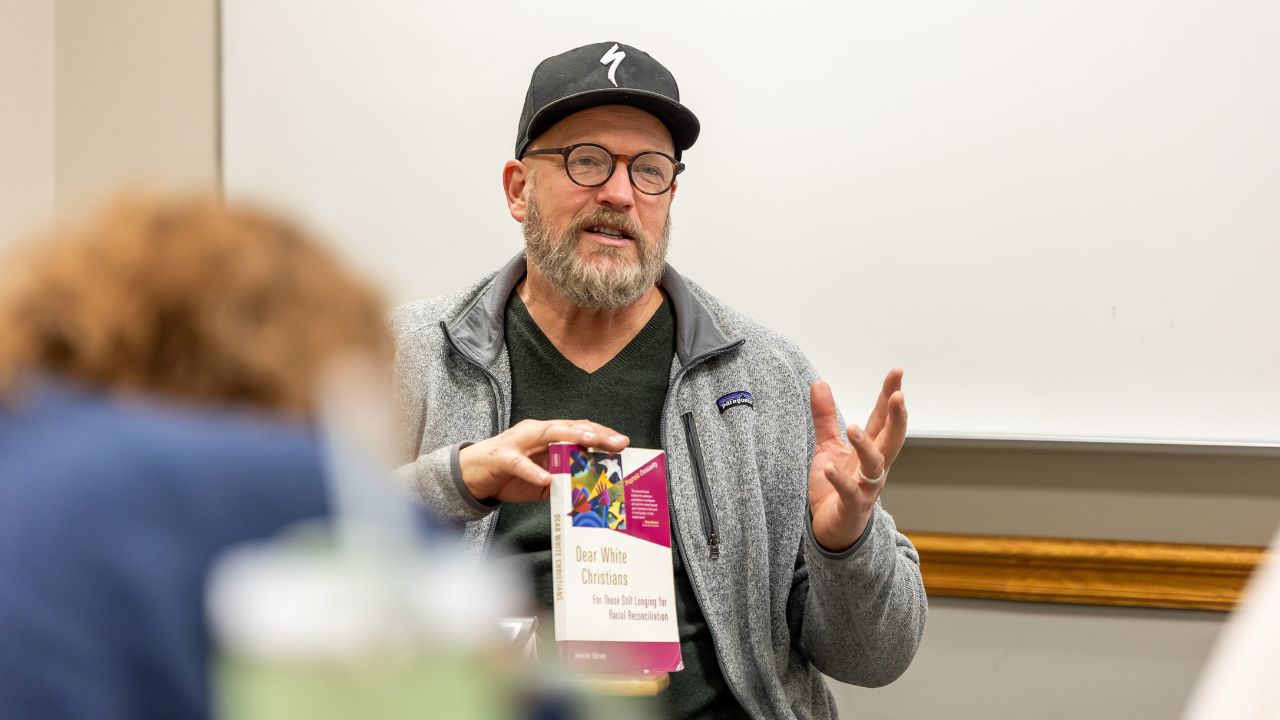
As the new buzzword for the professions, design has become not just a task that one did in a role but now has been conceived as a philosophical approach to business, politics, and even geopolitical negotiation. Don Norman’s new book, Design for a Better World, posits design as a means of greater and more efficient efforts towards global cooperation. Even companies like IBM have inserted design into the core of their business innovation opening design labs in major cities across the country. Every company now searches for learning designers to head up the training and coordinate their efforts to inform and educate their workforce. In short, design has become an all-encompassing view of how to better accomplish an activity that might have been seen as strategy, visioning, or goal setting. Mike Monteiro, principal for design agency Mule Design, advocates for a much more practical approach characterizing design as a payable skillset. While many might conceive of design as simply graphical layout or even digital development, Monteiro suggests that designers are primarily problem solvers, somewhat like engineers but work with people, places, and ideas, not mass, volume, and tensile strength.
In the Geneva College Communication Design program, we’ve noticed a common thread in this larger industry conversation pointing back to a question that artistic craft alone can’t answer. The question, what is art for? Without offering a lengthy history of how this question has been addressed in ages past (for that you might take Humanities 103) we propose an answer that has long existed in the holy scriptures. Francis Schaeffer’s wife, Edith Schaeffer develops this theme in her book, The Hidden Art of Homemaking, pointing to God’s act in creation and his subsequent act of planting a garden for mankind to live in as a mandate for humans to follow in mimicry of our creator. Adam was told to “be fruitful and multiply," to participate in what God had begun. The injunction against the tree of Good and Evil demonstrates that God wanted Adam to do things that were good. Good for himself, good for others, and in many ways good for any human who might encounter them. God had given him an example, showing him goodness of diversity in animal life as well as the goodness revealed in God’s creating of Eve. Each of these good things complemented all that was previously good and added to its goodness, we might even say artfully offered a good in itself, a good which inspired contemplation, and therefore bore better. Adam saw Eve and recited a poem, a poem capturing a loneliness relieved and a hope unending intimate relationship.
The goodness enclosed in all of these acts of God also show a clear attentiveness to the multi-sensory and multi-material character of goodness. Good things can be felt, tasted, seen, heard and smelled. Each of our senses reveals good things in God’s creations and also provides avenues of our own efforts to create good things, good to all the senses. To help our students see the overflowing goodness that surrounds us in what God has made, we aim to help them see that the artistic act adds to the goodness of what God has created and aim to inspire better. As students of communication and design, we aspire to understand that what God has created is good, and because we are made to be like Him, we can reshape what is already good into another good thing that delights others.
The study of communication aids in our understanding of how to interpret what is good. Design offers suggestions for how to translate that good into another good which attends to other senses, or to all the senses that God has given. In an age where all sense experience suffers devaluation via virtual and artificial replicas, our task could be no less urgent. The efforts of the world to replace all genuine human experiences with virtual replacements should signal the need for returning to a multi-sensory, multi-material approach to life. To do otherwise degrades the richness of human experienced and undermines both the joy and delight to be found in a beautiful symphony, a cozy quilt, and a simply delicious piece of toast with jam.
In this way, our program in Communication Design exhibits a straightforward agenda. We aim to aid students in better understanding the world that God created through an active engagement of fine art practice. However, added to these common interventions is the urgency of sharing these artistic efforts with others. And because we aim to share them with others, we begin the work first and foremost for others, or more aptly, for our neighbors.
Some might ask, isn’t fine art a fool's errand in an age in which no one can reasonably expect to earn a livelihood painting, sculpting, and drawing? Besides the fact that so far all of our graduates have not found this true and have ably begun to serve others with what they have learned, the biblical proofs are what give us greater confidence that Christ calls us to worldly foolishness. As it is written in 1 Corinthians 3:18-19,
"Let no one deceive himself. If any of you thinks he is wise in his age, he should become a fool, so that he may become wise. For the wisdom of this world is foolishness in God’s sight.”
We must not be deceived. That the world has twisted artistic efforts to transgress what is good and make the beautiful ugly should not dissuade us from responding to God’s call, taking what He created and designing good things. For we know that such goodness, whether it be the offering of a well-made meal, a carefully composed poem, or a painting worthy of sustained contemplation communicates the splendor and glory of the God who made us. If the Lord has gifted you, or someone you know, with artistic talent, you might mention that in our own humble way, the communication design program at Geneva offers a place to develop and hone those talents for service to Christ and this country.
Soli Deo Gloria
Dr. Joel Ward, Associate Professor of Communication, Geneva College
Opinions expressed in the Geneva Blog are those of its contributors and do not necessarily represent the opinions or official position of the College. The Geneva Blog is a place for faculty and contributing writers to express points of view, academic insights, and contribute to national conversations to spark thought, conversation, and the pursuit of truth, in line with our philosophy as a Christian, liberal arts institution.
Jan 30, 2024Program SpotlightRelated Blog Posts
Request Information
Learn more about Geneva College.
Have questions? Call us at 724-847-6505.











 Online Course Login
Online Course Login